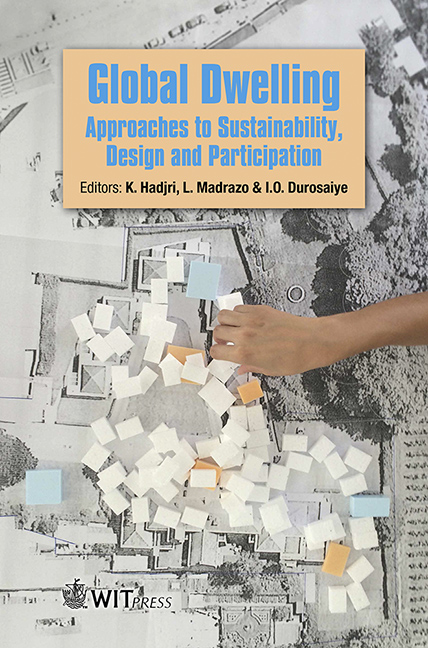The Liveability Of Historical Cities: Current State And Prospects For Habitation
Price
Free (open access)
Transaction
Volume
193
Pages
12
Page Range
15 - 26
Published
2020
Size
1,146 kb
Paper DOI
10.2495/GD170021
Copyright
WIT Press
Author(s)
S. Treija, U. Bratuškins, S. Barvika, E. Bondars
Abstract
The world’s most liveable cities have been ranked on the basis of their residents’ living conditions. A functioning residential area is essential for the downtown areas of historical cities as they initially developed as places for people to live. Despite the overall growth of urban economics and city populations, many internationally recognized historical and cultural cities are at the forefront of the fastest shrinking cities in Europe. This highlights a fundamental problem in the current planning and management of historical cities: the physical preservation of old residential buildings has practically been ensured, but this has not guaranteed their further use for habitation. This paper presents the results of a case study of the Historical Centre of Riga (HCR) and aims to identify problems regarding the well-known, but still less explored phenomenon of the “loss of liveability” within the historical centre of the city. The available literature on the problem of urban shrinkage and statistical data was studied in this case study, and a survey on the satisfaction of the residents residing in the Historical Centre of Riga was conducted and the results analysed.
Keywords
liveability, residential function, historical residential buildings, UNESCO heritage, Historical Centre of Riga





